
Outcrop Analogs for Fluvial Geomodeling Applications
Course Details
There is ever increasing need for better geomodels. Fluvial reservoirs post several challenges due to the inherent heterogeneity. Some heterogeneities such as orientation of channels may be an insignificant uncertainty in most cases, whereas others such as aspect (Width/Thickness) ratios do matter. So how does one decide what uncertainties need to be included and which can be left out? how does one derive input parameters such as channel width, channel belt width? and sinuosity?
This course is designed for development geologists, geomodelers and engineers who have the tough task of managing fluvial reservoirs.
Colorado and Utah offer fantastic opportunities where different fluvial reservoir types (low-sinuosity braided, low N:G meandering, and high N:G meandering) can be studied in spectacular outcrops. Our field-trip not only has several classroom-based lectures and workshops that will get you up-to-speed on fluvial sedimentology and stratigraphy, but has several field-based exercises that will leave a lasting impression of large-scale alluvial architecture.
In 2019 we have added outcrops of the Cretaceous Cedar Mountain formation to this field trip. These are the world’s best-preserved fully exhumed fluvial channels. We will not only measure cross-sets and use equations to calculate geomodel input parameters and compare these with Google Earth images of these spectacular exposures.
If you would prefer a classroom version of this course, please click here.
Who Should Attend
• Geologists
• Geophysicists
• Petrophysicists
• Engineers
This course is meant for all who are working on fluvial reservoirs in an exploration or development capacity. This course is particularly useful for those building geomodels.
Need more information?
Course Outline
Day 1
Arrival at Grand Junction Regional Airport – we will be checking you in to your hotel. The timing of most international connections from Europe will put you at a late evening arrival. We recommend you grab dinner at the last airport before departing for Grand Junction because by the time you arrive most local restaurants will be closed for the day.
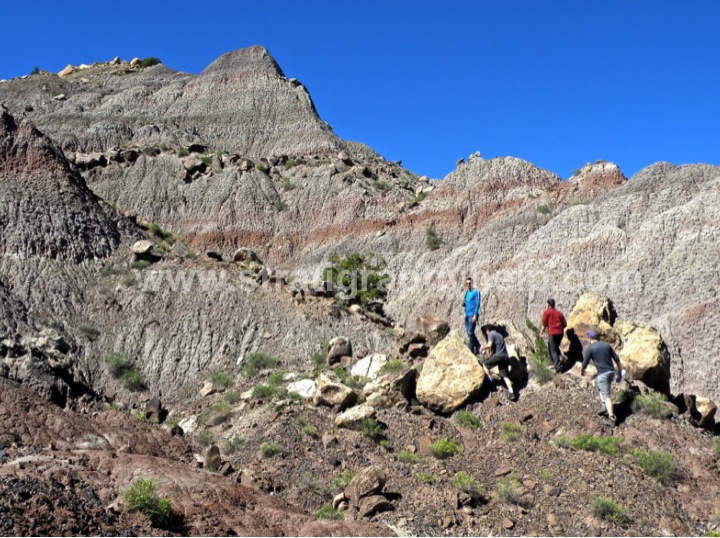
Day 2
Morning Lecture: Orientation, safety briefing, and fluvial sedimentology and fluvial classification schemes of Andrew Miall vs John Bridge vs Chris Fielding.
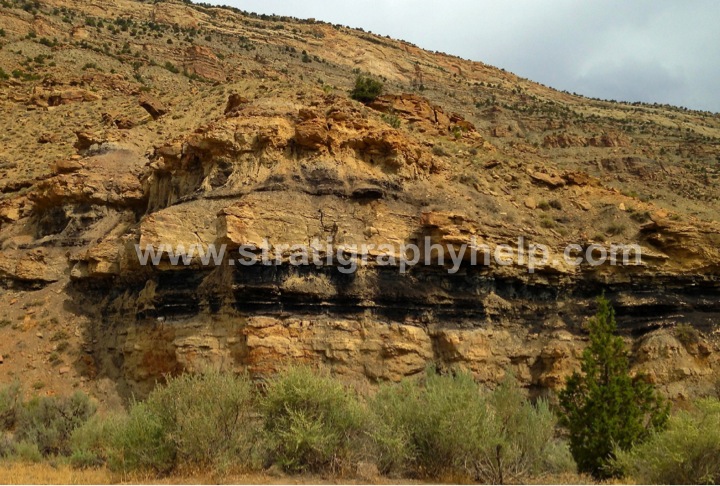
Day 3
We will be meeting at 9:00 am for lectures on static connectivity of fluvial sand-bodies
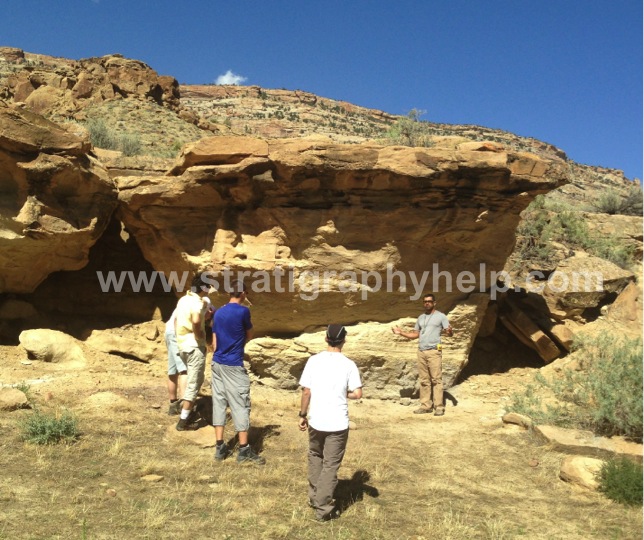
Day 4
At 9:00 am we will gather in the hotel meeting room for lectures on the dimensions of fluvial sand-bodies and tools for calculating these.
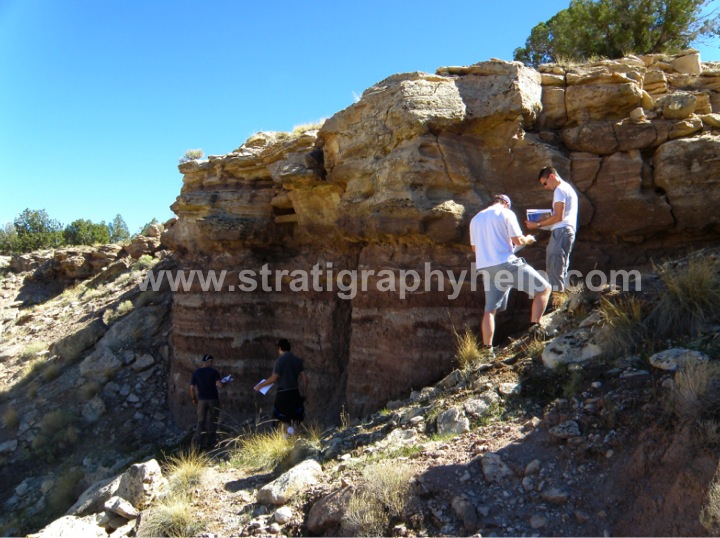
Day 5
Morning lectures will focus on gathering input parameters for fluvial geomodels

Day 6
In the morning we will have lectures on the overbank (“flood basin”) environment, levees and crevasse splays.
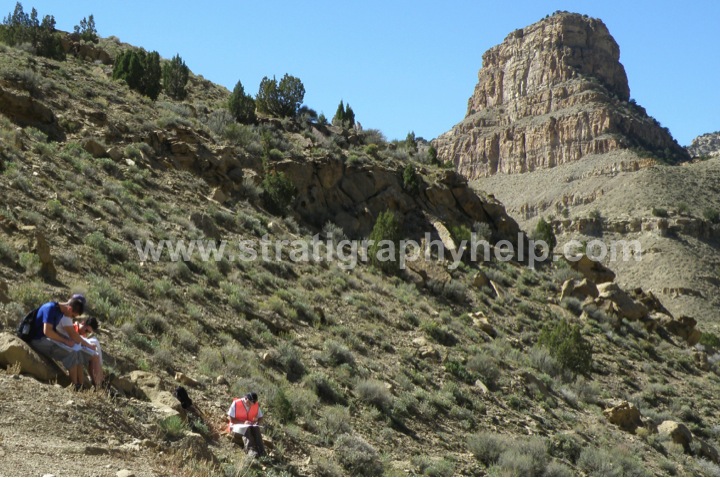
This course is offered in the third week of November every year and costs $6500/person. This all inclusive rate includes five nights hotel stay, all meals, snacks and drinks in the field, fuel, permits, transportation during the field trip, tuition and field guide.


